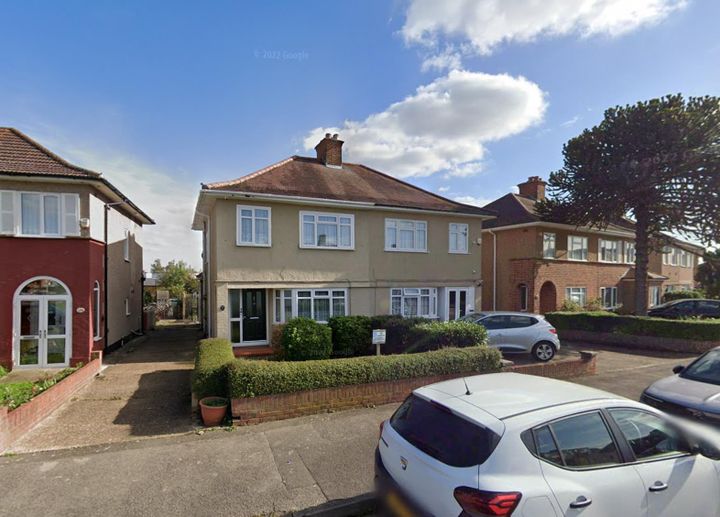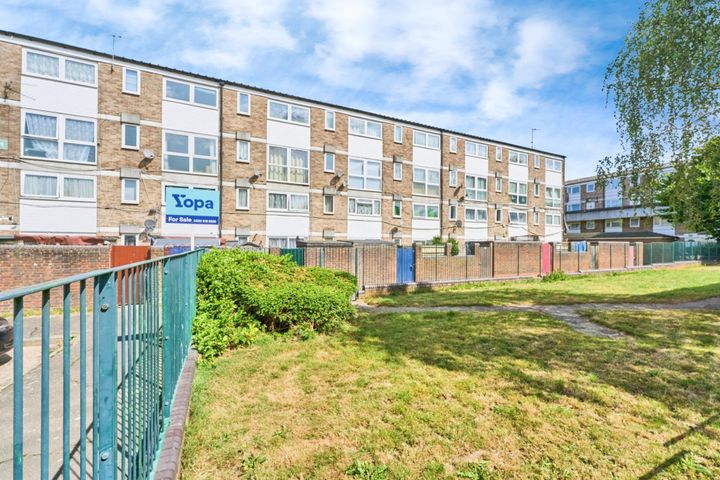As of late 2023, the average home prices in Hayes, a suburban area in West London, have seen notable variations depending on property type and location. Typically, a two-bedroom flat can range from approximately £300,000 to £400,000, while three-bedroom terraced houses are often listed between £450,000 and £550,000. Larger family homes, such as four-bedroom detached houses, can command prices upwards of £700,000, especially those located near amenities or good schools. Areas closer to Hayes & Harlington station tend to fetch higher prices due to their better transport links. Moreover, recent developments and regeneration projects in the vicinity are influencing price trends, attracting buyers seeking modern living spaces.
Hayes
Location
Price Range
Any price
Price Range
Minimum
No min
Maximum
No max
Property type
Show all
Property type
Show all
House
Apartment
Building
Other
Bedrooms
Any beds
Bedrooms
Minimum
No min
Maximum
No max
Surface Range
Any surface
Surface Range
Minimum
No min
Maximum
No max
Sale type
For sale
Sale type
Show all
To rent
For sale
Location
Apartments and houses for sale in Hayes
4 results
Recent
Hayes insights
| Aspect | Summary |
|---|---|
| Population | Approx. 40,000 residents |
| Average Property Price | £350,000 |
| Rental Yield | 4.5% |
| Average Rent | £1,400/month |
| Occupancy Rate | 85% |
| Capital Growth Rate | 3% per annum |
| Property Tax | £1,500/year |
| Transaction Costs | Approx. 4% of property price |
| Expected ROI | 7.5% overall |
| Economic Growth Impact | Moderate growth expected |
Hayes FAQ
What are the average home prices in Hayes?
How have real estate prices in Hayes changed over the past year?
Over the past year, real estate prices in Hayes, a suburb in West London, have seen noticeable fluctuations driven by various economic factors and market trends. According to property data, the average house price in Hayes has increased by approximately 5% since this time last year, with semi-detached homes witnessing the most significant rise, averaging around £500,000. In contrast, flats and apartments have seen more modest increases, often hovering around the £300,000 mark. The demand for homes has been bolstered by buyers seeking larger living spaces post-pandemic, as remote work options allow for more flexibility in location. Areas like North Hyde and the vicinity of Hayes & Harlington station have become particularly sought after due to improved transport links, including the Elizabeth Line, which has enhanced accessibility to central London. As a result, competitive bidding has been observed in various property listings, indicating a robust market in Hayes amidst broader economic challenges.
What factors influence real estate prices in Hayes?
Several factors influence real estate prices in Hayes, including location, transportation links, and the local economy. The area's proximity to central London makes it an attractive location for commuters, with Hayes & Harlington railway station providing direct access to key areas. This demand for accessible living can drive property values up. Additionally, the quality and availability of local amenities, such as schools, parks, and shopping facilities, play a significant role in determining housing prices. Recent developments, like the expansion of the nearby Heathrow Airport and new residential projects, also contribute to price fluctuations, as they can enhance the region's appeal. Lastly, market trends, including interest rates and housing supply, further impact real estate values, with a competitive market potentially pushing prices higher.
Is it a good time to buy property in Hayes?
Considering the current property market dynamics in Hayes, several factors come into play. The area has seen a steady increase in demand due to its proximity to London, with excellent transport links like the Elizabeth Line providing direct access to Central London. House prices in Hayes have remained relatively competitive compared to neighboring areas like Uxbridge or Hillingdon, attracting first-time buyers and investors. As of late 2023, the average property price in Hayes hovers around £410,000, which is appealing for those looking for value in the Greater London area. Additionally, local amenities, including schools and parks, contribute to its desirability, making it a family-friendly option. However, potential buyers should be aware of the interest rate fluctuations, which are affecting borrowing costs and could impact overall affordability in the near future.
Are there any upcoming developments that might affect prices in Hayes?
In Hayes, several upcoming developments could influence property prices and the local economy. The expansion of the Elizabeth Line has significantly improved transport links, connecting Hayes with central London and increasing its attractiveness to commuters. Additionally, plans for new housing projects, such as the redevelopment of the former Hayes Industrial Estates into residential units, are underway, potentially adding more properties to the market and impacting supply and demand dynamics. Also, there are discussions about enhancing local amenities, including parks and retail spaces, which can further boost the area's desirability. Such infrastructure and housing enhancements might lead to fluctuations in property values in the near future.
What are the most affordable neighborhoods in Hayes?
In Hayes, several neighborhoods offer affordable housing options that can appeal to budget-conscious buyers and renters. For instance, North Hayes features a mix of older homes and more recent developments, leading to competitive prices, especially in parts further from the town center. Similarly, South Hayes, known for its quieter residential streets, has more affordable rent compared to neighboring areas like Harlington or Hayes Town. Additionally, the area around Botwell provides reasonably priced housing options, particularly in the form of flats, making it a popular choice for younger professionals or those seeking starter homes. As you move towards the outskirts, neighborhoods like Yeading often have more spacious properties at lower price points, catering to families looking for affordability without sacrificing too much on space.
How do property taxes in Hayes affect overall real estate prices?
Property taxes in Hayes have a significant impact on overall real estate prices, functioning as a key component of the total cost of homeownership. With property tax rates set by local councils to fund public services such as education, transportation, and infrastructure, prospective buyers often factor these taxes into their budgeting decisions. For instance, if the local council increases property taxes to address infrastructure needs, this could deter potential buyers or lead to lower demand, causing property values to stagnate or even decline. Conversely, if taxes are perceived to be reasonable and used effectively, they can enhance the desirability of the area, potentially driving prices up. Additionally, specific developments or amenities funded by these taxes, like improved public transport links or recreational facilities, can make properties more attractive, thereby influencing local real estate prices positively.





